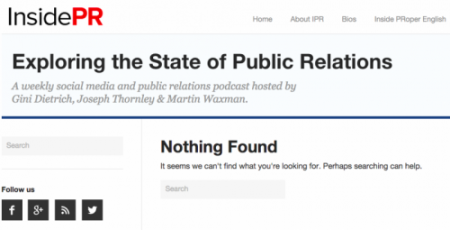Subscribe: Apple Podcasts | Android |
Martin here and excuse me while I check my phone. I’m having a micro-moment. But more on that in a few, er-moments.
This week it’s Joe and me; Gini’s on the road. And because of our schedules recently, you’ve probably noticed May has been a quieter IPR month. But we’re all back in June.
In today’s episode, we have a couple of topics to discuss – both revolving around Google.
The first is micro-moments, or what Google describes as ‘I want to know, I want to go, I want to buy moments’. I call them the frequent times we turn to our smartphones during the day – often when we’re in the middle of something else – to find out some info, daydream, or take a mini-break from what we’re doing.
These mobile interactions are having a profound impact on the way we discover and consume information and what we do with our idle time.
Many of our micro-moments revolve around watching videos. And according to Google, people who view videos on their phones are 1.4 times as likely to watch ads as those on desktops or TVs and are more likely to talk about the ads they saw. Are the dollar signs lighting up?
The challenge for brands is to learn how to produce video that works for the small-screen. In other words, create for the medium – panorama shots may be amazing in a movie theatre, but don’t work so well on a five inch screen. Think about your audience and what they’re looking for and how you can reach them with the kind of video they want to see at the just the right point in time. Here’s a post from Joe with his thoughts on the importance of creating videos for mobile devices.
What do you think about micro-moments, how they’re affecting our purchase intent and attention spans? And when you’re in the middle of one of these moments, what kinds of video content makes you stop, watch and share?
We’d love to hear from you.
And thanks to Breyanna Tripp from Kent State and Charles Cawte for their comments.
Send us an email or an audio comment to [email protected], join the FIR Google+ Community, join the Inside PR Google+ Community, join the Inside PR Facebook group, leave us a comment here, message us @inside_pr on Twitter, or connect with Gini Dietrich, Joseph Thornley, and Martin Waxman on Twitter.
And we have a favor to ask: if you like this podcast, please rate us on iTunes.
******************************************************************
Thank you to the people behind Inside PR.
Our theme music was created by Damon de Szegheo; Roger Dey is our announcer.
Inside PR is produced by Ashlea McGrath.

